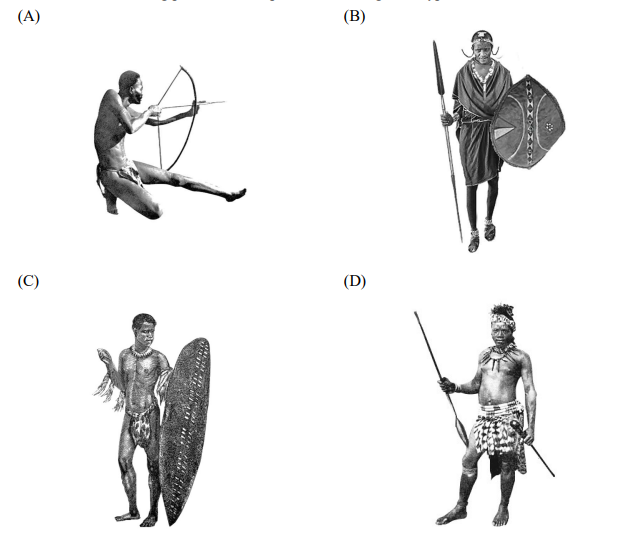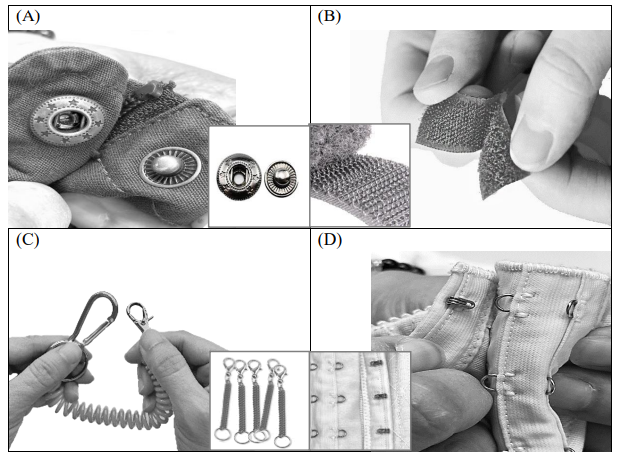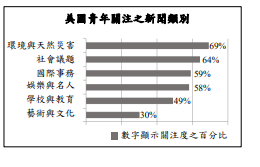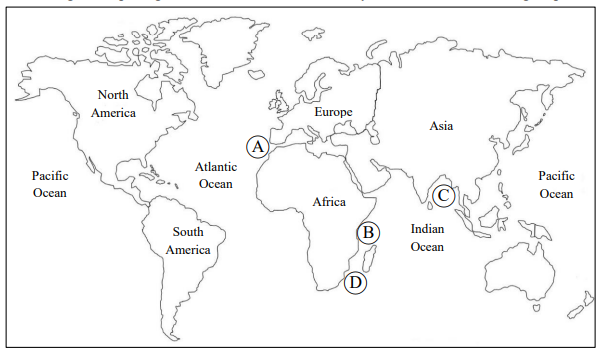[題組:第16-20題]Do you know the difference between the terms meteoroid, meteor, and meteorite in astronomy? Many people find these words confusing. However, the difference is all about their 16 .
Meteoroids are far up in the sky. They are chunks of rock or metal that speed through space. Some are very large and may be hundreds of feet wide. Others 17 the size of a small stone. Most meteoroids travel around the sun in space and stay away from the Earth. However, sometimes a meteoroid will enter the Earth’s atmosphere. Friction with the atmosphere will cause it to 18 and burn while traveling at high speed. As a meteoroid begins to burn in the atmosphere, it leaves a streak of light. When this tail-like light is falling down toward the Earth, it is called a meteor, or a shooting star. Most meteors vaporize completely before they hit the ground. If any meteor 19 its fiery journey through the atmosphere and lands on Earth, it is called a meteorite. Large meteorites can cause great explosions and much destruction on the surface of the Earth. 20 , Barringer Crater in the American state of Arizona, measuring 1,200 m in diameter and some 170 m deep, was produced by a meteorite impact.
16. (A) size
(B) weight
(C) location
(D) temperature
圖表題
108指考英文考科-54
二、英文作文(占2 0 分)
說明︰1.依提示在「答案卷」上寫一篇英文作文。 2. 文長至少120個單詞(words)。
提示:右表顯示美國18 至29 歲的青年對不同類別之新聞的關注度統計。請依據圖表內容寫一篇英文作文,文長至少120 個單詞。文分二段,第一段描述圖表內容,並指出關注度較高及偏低的類別;第二段則描述在這六個新聞類別中,你自己較為關注及較不關注的新聞主題分別為何,並說明理由。
答案:
The table shows the level of attention paid to different news categories by American young people aged 18 to 29. Among the six categories, "environment and natural disasters" has the highest attention rate—nearly 65% of the youth care about it. In contrast, "arts and culture" has the lowest attention, with only around 20% showing interest. Other categories fall in between: "health and fitness" and "technology" are moderately concerned, each with about 50% attention, while "education and schools" and "politics" are less popular, with attention rates of roughly 30% and 25% respectively.
For me, I pay the most attention to "technology news" and the least to "arts and culture" news. Technology news helps me keep up with the latest inventions, such as new AI applications or renewable energy technologies, which are closely related to my future career plans in engineering. On the other hand, I rarely follow arts and culture news because I find it hard to connect with topics like art exhibitions or classical music performances—my free time is usually spent on learning programming rather than engaging in artistic activities. This choice aligns with my personal interests and long-term goals.。
略解:第一段完整描述圖表核心數據(關注度最高:環境與天然災害,最低:藝術與文化,其餘類別數據補充),數據表述準確(百分比、類別對應);第二段明確自身「關注科技新聞」(理由:與工程職業規劃相關)、「不關注藝術文化新聞」(理由:無興趣且時間用於程式學習),理由具體且切合個人實際,文長超120詞,句構多樣(如從句、插入語),詞彙準確(renewable energy、programming),符合圖表描述與個人觀點結合的要求。 報錯
ChatGPT DeepSeek
111學測英文試題35
第35至38題為題組
Standing proud in the savannah with their red blankets and painted shields, the Maasai people are one of the widely known symbols of East Africa. Their unique style, as remarked by Karen Blixen, author of Out of Africa, “has grown from the inside, and is an expression of the race and its history.”
The Maasai are a semi-nomadic group in Kenya and northern Tanzania, wandering in bands and living almost entirely on the meat, blood, and milk of their herds. Over the years, the fearless tribesmen have stood strong against slavery, and resisted the urging of the Kenyan and Tanzanian governments to adopt a more modern lifestyle. In fact, they are one of the few tribes that have retained most of their traditions. Up until recently, the only way for a Maasai boy to achieve warrior status was to single-handedly kill a lion with his spear.
Maasai clothing varies with age, gender, and place. The most recognizable piece of clothing is the shikà, a sheet of fabric worn wrapped around the body. Red is a popular color, and women generally opt for checked, striped, or patterned pieces of cloth. Young men wear black for several months after their circumcision, a ritual signifying their coming of age. A Maasai warrior is rarely seen without his spear and shield. In Blixen’s words, “their weapons and finery are as much a part of their being as are a stag’s antlers” (a male deer’s horns).
Beadwork is an important part of Maasai culture. Beaded jewelry is made by women, and is famous for its complexity. Natural materials such as clay, shells, and ivory were used before trading with the Europeans in the 19th century. They were then replaced by colorful glass beads, allowing for more detailed beadwork and color patterns. Multicolored beadwork is popular among both men and women. Each color holds a special meaning: White stands for peace, green for land and production, while red—the most favored color among the Maasai—is the symbol of unity and bravery.
Which of the following pictures best represents the image of a typical Maasai warrior?

113學測英文試題35
第35至38題為題組
One fine morning in 1941, Swiss engineer George de Mestral went for a walk in the woods with his dog. Upon their return home, he found a lot of burrs (from plants) stuck to the dog’s fur and his pants. He immediately rushed to his microscope and examined the burrs attached on his pants—feeling a lightbulb moment coming on.
Upon closer examination, de Mestral observed that the burrs, which appeared straight to the naked eye, actually contained many small hooks that clung firmly to the loops in the fabric of his pants. He determined that if he could recreate the same thing, making hooks-and-loops that bind to each other firmly, he could produce a strong fastener with many uses.
De Mestral’s first challenge was finding a fabric for a strong bonding system. He first tried cotton, but it proved too soft and could not withstand repeated openings and closures. After years of research and testing, he learned that synthetics worked best and eventually settled on heat-treated nylon, a strong and durable substance. By 1955, he had completed an improved version of the product, with each square inch of material containing 300 hooks, which made it stay fastened and yet easy enough to pull apart when needed. Named “Velcro,” from the French words velours (velvet) and crochet (hook), the new product received a patent from the Swiss government in 1955. De Mestral thus began mass-producing Velcro, opening plants in Europe and eventually into Canada and the United States.
Initially Velcro did not fare well. As most fashion critics considered it ugly and cheap-looking, the use of Velcro was limited to athletic equipment. In the early 1960s, the product received a huge boost in popularity when NASA began using it in a lot of equipment that went into space along with astronauts. Today, de Mestral’s design is found almost everywhere: clothing and footwear, toys, airline seat cushions, blood pressure cuffs and surgeons’ gowns. Most impressively, the magical fastener was used in the first human artificial heart transplantation to hold together parts of the device.
Which of the following pictures shows de Mestral’s invention?





